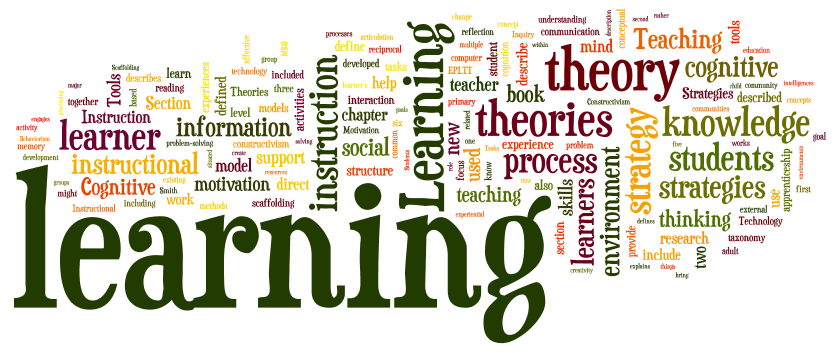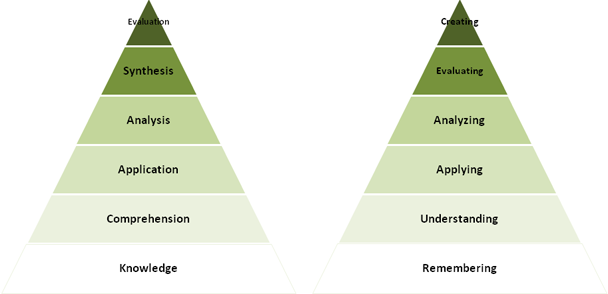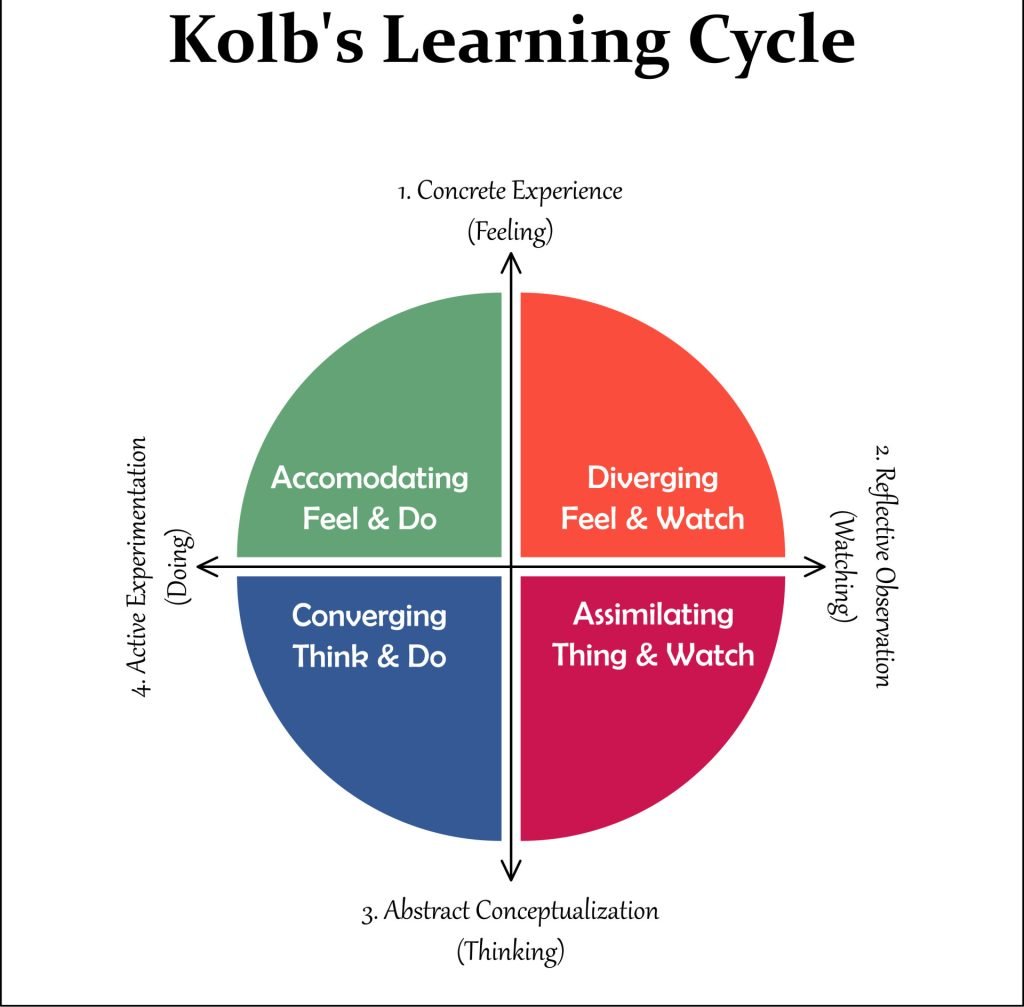
Bloom’s Taxonomy
Bloom’s taxonomy was introduced by a researcher named Benjamin S. Bloom and his team in 1956 under the title “A Taxonomy of Educational Objectives”. Under their theory, they have classified the intellectual skills of learners from lower thinking order skills to higher thinking order skills. Initially, the taxonomy. The original purpose of Bloom’s taxonomy was the creation of questions in the examination process to address particular intellectual skills. However, in 2001 a team of educators and researchers revised it, and now the revised version is in place of Bloom’s original taxonomy (Boslaugh, 2022).

Connecting a learning theory such as Bloom’s taxonomy with the digital learning platform made me think in a critical way that I have never thought of. As an educator incorporation of technology in my teaching was often seen as a teaching aid along with my main materials of teaching nothing else. However, the discussion in the class led me to see the ability of the digital platform to function alone in achieving the teaching and learning objectives that fascinated me the most. Bloom’s taxonomy is a more familiar learning theory as I have been in an educational environment where taxonomy has been considered in the teaching and learning process.
As a teacher of English as a second language (ESL), the possibility of the use of certain apps alone to help students at lower proficiency levels to go through each level of thinking in order to reach a possible intellectual level is a significant impact.
When connecting the taxonomy and some digital teaching and learning tools, it is evident that some of the apps have been developed in a way that tests the different levels of Bloom’s taxonomy. For example, Duolingo has different levels of improving second language acquisition. However, it is prominent that this app does not cater to higher thinking order skills. The potential to take a user to a certain level of learning cannot be completely ignored simply because it does not fully reflect the needs of the taxonomy.
David Kold’s Learning Style
“Learning is the process whereby knowledge is created through the transformation of experience” (Kolb, 1984).
In 1984 David Kolb published his learning style. His experiential learning theory which is centered around the internal cognitive process of the learner has two levels: a four-stage cycle of learning and four separate learning styles (Mcleod, 2023). The experiential learning cycle represents four stages of the learning cycle: concrete experience, reflective observation, abstract conceptualization, and active experimentation.

The four learning theories are based on the four stages of the learning cycle. Kolb has stated that different people prefer different learning styles due to various influential factors such as social environment, educational experiences, or simply due to the basic cognitive structure of the individual (Mcleod, 2023). Kolb’s Reflective cycle reveals that the learning style preference I often a product of two pair of variables.

In integration of technology aligning the Kolb learning styles made it clearer as an educator that the learner’s preferred method of learning changes and as a teacher it is up to the teacher to recognize the difference and incorporate digital learning tools accordingly. Diverging learners (feeling and watching) have different perspectives and they observe and gather information. They approach a concrete situation is varying angles. Their preference is to work in groups, and they are open-minded. However, assimilating (watching and thinking) learners require a logical approach and they value ideas and concepts more than people. They often prefer readings, lectures, exploring analytical models, and having time to think. Converging (doing and thinking) learners to have the ability to solve problems and employ their knowledge to find possible practical solutions to issues. They lack regard for the people and interpersonal aspects but preference is given to technical tasks. They like experimenting with new ideas to stimulate and work with practical applications. Accommodating (doing and feeling) learners rely on intuition rather than logic. They prefer to take a practical, experiential approach.
Identification of the various learning styles of the learners is helpful for the educators to ensure that the activities or the technology-integrated activities are designed and carried out in a way that offers each learner the chance to engage to the best ability and allows them a chance to grow. Having a deeper understanding of one’s students’ preferred learning style opens the door for the teacher not to use the least preferred style in the class. With the availability of different apps, learners can have different learning experiences in the classroom. If the learner is more assimilated the teacher can allow them to research the topic online.
References
Boslaugh, S. E., PhD. (2022). Bloom’s Taxonomy. Salem Press Encyclopedia
Mcleod, S. (2023, June 16). Kolb’s learning styles and experiential learning cycle. Simply Psychology. https://www.simplypsychology.org/learning-kolb.html
Shank, P. (2013, February 14). eLearning Guild Research: Reconsidering Bloom’s Taxonomy (Old AND New) : Learning Solutions | The Learning Guild. Www.learningguild.com. https://www.learningguild.com/articles/1105/elearning-guild-research-reconsidering-blooms-taxonomy-old-and-new/#:~:text=In%20the%20revised%20taxonomy%2C%20evaluation